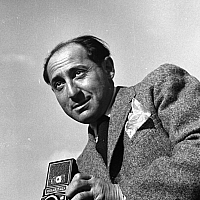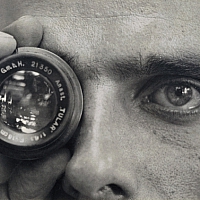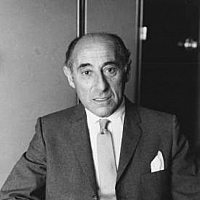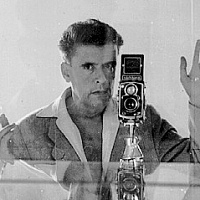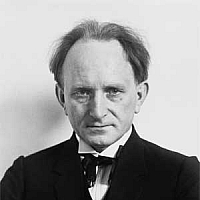
Alfred Eisenstaedt: London's Hyde Park, um 1928
Photomuseum in the Munich City Museum St.-Jakobs-Platz 1 D-80331 Munich Allemagne
Streetlife - Photographs from our collections 1930-1975
In addition to the Soulas exhibition 50 original photographs from our collections, titled "Streetlife" are on show. The selection documents a forty-year development of reportage photography.
During the Weimar Republic the first photo shots in public areas -on the streets- documenting focal pointsand events were done by Alfred Eisenstaedt or Tim Gidal. Outstanding photographers working for the illustrated magazines "Life" and "Stern", such as Jerry Cooke, Robert Lebeck, Stefan Moses and Thomas Hoepker continued in this tradition.
Again and again public streets became a stage for crucial contemporary historical happenings: so for example in the photo series, shot by Roman Vishniac of the Schtetln of Polish Jews, before their expulsion and extinction in W.W.II. or the pictures of the Warschau Ghetto, taken by the German Soldier Joe Heydecker.
Photography used as historical testimony of social change is evident in the cycle "People of the 20th century" by August Sander as well as in the post war documentation of Cologne by Hubs Flöter. Occasionally the street mutates to the site of a crime or the scene of political demonstration as in the photos of Herbert List, Alexander Rodtschenko and Angela Neuke.
The metaphysical and sometimes ghostly void of city streets, where the hasty movement of passers-by seem shadowy or unreal marks the work of the "subjective photography" close to Otto Steinert, Toni Schneiders, Helmut Lederer, Robert Häusser or Peter Keetmann.
In the experimental compositions of Heinz Hajek-Halke and Franz Roth the street metamorphoses to a fantastic and erotic hallucination . The public street can of course also be a place of bizarre encounters and events, as in the photographs of Vladimir Vinski, Wolf Strache or Felipe Taborda.


